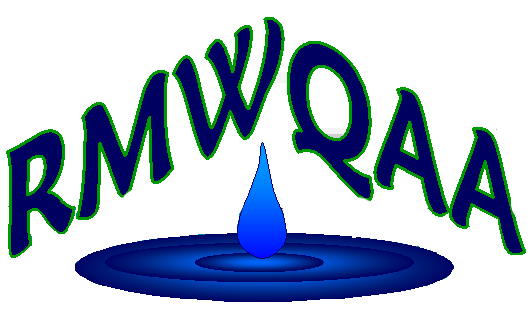August 22, 2016
Laboratory Information Management Systems (LIMS) Purchasing Process
Purchasing a laboratory information management system can be a daunting and overwhelming task. You start asking yourself these questions:
1. Where do I start?
2. What do I really need?
3. How much will it cost?
4. Who will help set it up?
5. What features do I need/want?
6. Will it really be everything that I want it to be?
Don’t let these questions scare you away from the purchase. Our laboratory purchased our first LIMS in 2001. Prior to that, we entered all of our data in excel spreadsheets. Excel spreadsheets work great until your boss starts coming to you with requests for data from 5 years ago and they want the monthly averages, maximums, and minimums. Or they want to compare the total suspended solids from January 2010 to January 2016. You can retrieve that data from excel spreadsheets but it may take hours or days to locate and calculate the data. A LIMS is a powerful data storage warehouse that can hold years of data. The data is readily available with just a few keystrokes on the computer. In 2001, our laboratory was in need of a better system, so we purchased our first LIMS. It worked great for many years, but in 2014, we decided that we needed a more powerful system that both our environmental and wastewater laboratories could purchase and use together.
In 2014, we started researching LIMS vendors and set-up several web demos. We wanted a system that would work for both labs as well as fitting our individual needs. For example, our wastewater laboratory needed a system that would be able to interface with our operations and industrial pretreatment databases, and the environmental lab needed an application that was capable of entering data in the field. We all met as a group and mapped out the current LIMS flow and how we wanted the future LIMS to flow through each step from sample log-in to reporting. This identified areas that we wanted to streamline throughout the process.
During this time, we brought our IT department into the discussion since they would play a major part in installing and maintaining the system. They assisted with the request for proposal and were involved every step of the way. Below is a detailed timeline for this project:
- April 2015- Request for proposal was issued
- May 12, 2015- Pre-proposal conference with vendors to discuss specifications
- May 19, 2015- Questions from vendors were due
- June 9, 2015- Request for proposals were due
- July 7, 2015- Demonstrations from vendors (on-line)
- July-October 2015- Worked with IT and City Attorney to draft contract and completed the Council memo.
- September 2015- Created a LIMS administration team which consisted of employees from the wastewater lab, environmental lab, and IT; the team met bi-weekly throughout the process
- October 27, 2015- Council approved the purchase of the new LIMS
- November 10, 2015- Kickoff meeting with new LIMS vendor, LIMS administrator, IT, purchasing and implementation team
- November 15, 2015- Conference call with the vendor’s project manager and the City’s LIMS administrator to discuss the project schedule and items that we needed to submit to the vendor such as: new client checklists, static data tables, and instrument interfaces
- December 2015- Static data tables were uploaded to the vendor’s ftp site
- January 2016- New LIMS was installed on the administrator’s computer; initiated bi-weekly conference calls with LIMS administrator and vendor
- February 2-4, 2016- First on-site training and system set-up
- March 8-10, 2016- Second on-site visit and training with the vendor; training on sample entry, quality control, label printing, calculations, and initial set-up of instrument interfaces
- April 5-8, 2016- Third on-site training which was customized for each lab; additional work on software and instrument interfaces, label printing, calculations, and mobile devices
- April-June 2016- Staff parallel tested the new system with the old system; started using the barcode scanners, auto-logging samples, and working with the instrument and software interfaces
- June 29, 2016- Vendor removed practice data in the new LIMS
- July 1, 2016- Stopped logging in samples in the old system and started entering samples in the new system
- August 2016- IT uploaded old databases to the vendor’s ftp site and 10 years of data will be archived
- September 2016- Four analysts will travel to the vendor’s headquarters for four days of on-site training
There is still work to be done, but we are enjoying all the new features that our LIMS has to offer. When you think of taking the plunge, just remember that it can be a long journey but a journey well worth taking.
Lesa Julian is the Wastewater Laboratory Supervisor for the City and County of Broomfield.
 Welcome to the
RMWQAA Website!
Welcome to the
RMWQAA Website!  Welcome to the
RMWQAA Website!
Welcome to the
RMWQAA Website!